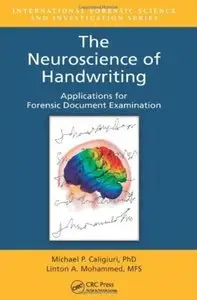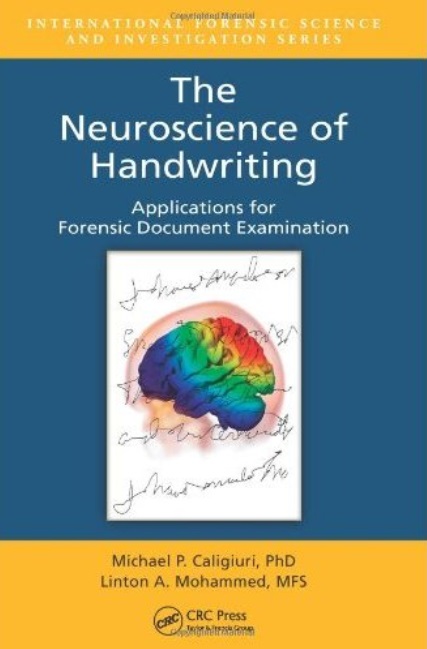Michael P. Caligiuri, Linton A. Mohammed - The Neuroscience of Handwriting: Applications for Forensic Document Examination
Published: 2012-02-22 | ISBN: 143987140X | PDF | 267 pages | 5 MB
The Daubert trilogy of U.S. Supreme Court cases has established that scientific expert testimony must be based on science grounded in empirical research. As such, greater scrutiny is being placed on questioned document examination generally, and handwriting comparison in particular. Bridging the gap between theory and practice, The Neuroscience of Handwriting: Applications in Forensic Document Examination examines the essential neuroscientific principles underlying normal and pathological hand motor control and handwriting.
Topics discussed include:
Fundamental principles in the neuroanatomy and neurochemistry of hand motor control and their application to research in handwriting
The epidemiology, pathophysiology, and motor characteristics of neurogenerative diseases such as Parkinson’s, Huntington’s, Alzheimer’s, multiple sclerosis, essential tremor, and motor neuron disease and their effects on handwriting
Psychotropic medications prescribed for depression, bipolar disorder, and psychosis; their mechanisms of action; and their effect on motor behavior and handwriting
The impact of substance abuse on handwriting
An overview of the aging process and its effects on motor control and handwriting
The kinematic approach and new findings on the kinematic analyses of genuine, disguised, and forged signatures
The authors’ laboratory research on authentic and forged signatures
An essential resource for professionals and researchers in the forensic documentation examination and legal communities, this volume provides a window on the scientific process of signature and handwriting authentication, integrating the extensive research on neural processes and exploring how disease, medication, and advanced age alter these processes.



